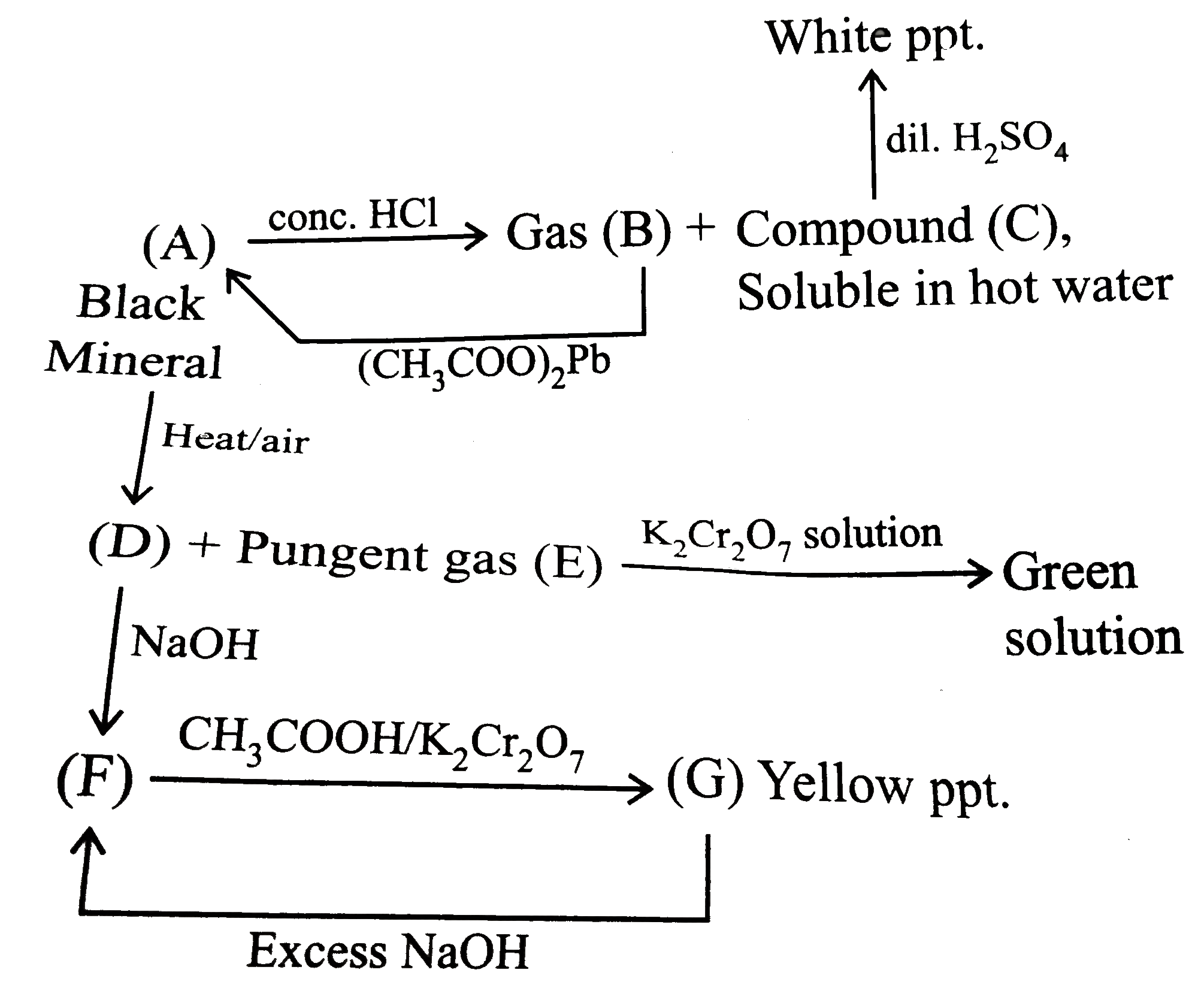The gas evolved in which of the following reactions forms the iodide of Millon's base on being passed through a solution of [HgI4]2− in KOH?
CaSO4 treated with dilute HCl
NH4Cl boiled with NaOH
ZnS treated with dilute H2SO4
MgCO3 heated alone
The correct Answer is:B
To solve the question regarding which gas evolved forms the iodide of Millon's base when passed through a solution of (HgI4)2− in KOH, we can follow these steps:
Step 1: Understand the Reagent
The solution of (HgI4)2− in KOH is known as Nessler's reagent, which is used to detect the presence of ammonia gas (NH3).
Hint: Recall that Nessler's reagent is specifically used for detecting ammonia.
Step 2: Identify the Reaction
We need to identify a reaction that produces ammonia gas. A common reaction that produces ammonia is the reaction of ammonium chloride (NH4Cl) with sodium hydroxide (NaOH).
Hint: Look for reactions involving ammonium salts and strong bases, as they often produce ammonia gas.
Step 3: Write the Reaction Equation
The reaction between ammonium chloride and sodium hydroxide can be written as follows:
NH4Cl+NaOH→NaCl+NH3+H2O
This shows that when ammonium chloride is boiled with sodium hydroxide, ammonia gas is produced along with sodium chloride and water.
Hint: Make sure to balance the equation correctly to see all products formed.
Step 4: Reaction with Nessler's Reagent
When the ammonia gas produced from the above reaction is passed through Nessler's reagent, it reacts to form a brown precipitate known as the iodide of Millon's base, which has the formula HgO⋅HgI⋅NH2.
Hint: Remember that the formation of a precipitate indicates a successful reaction between the gas and the reagent.
Step 5: Conclusion
Based on the above steps, we conclude that the gas evolved in the reaction of ammonium chloride with sodium hydroxide is ammonia, which forms the iodide of Millon's base when passed through Nessler's reagent.
Final Answer: The correct answer is the reaction of ammonium chloride with sodium hydroxide, which produces ammonia gas.
The solution of (HgI4)2− in KOH is known as Nessler's reagent, which is used to detect the presence of ammonia gas (NH3).
We need to identify a reaction that produces ammonia gas. A common reaction that produces ammonia is the reaction of ammonium chloride (NH4Cl) with sodium hydroxide (NaOH).
The reaction between ammonium chloride and sodium hydroxide can be written as follows:
NH4Cl+NaOH→NaCl+NH3+H2O
This shows that when ammonium chloride is boiled with sodium hydroxide, ammonia gas is produced along with sodium chloride and water.
When the ammonia gas produced from the above reaction is passed through Nessler's reagent, it reacts to form a brown precipitate known as the iodide of Millon's base, which has the formula HgO⋅HgI⋅NH2.
Based on the above steps, we conclude that the gas evolved in the reaction of ammonium chloride with sodium hydroxide is ammonia, which forms the iodide of Millon's base when passed through Nessler's reagent.
Topper's Solved these Questions
- QUALITATIVE INORGANIC ANALYSISBOOK - VK JAISWAL ENGLISHCHAPTER - QUALITATIVE INORGANIC ANALYSISEXERCISE - LEVEL 2
76 Videos
- QUALITATIVE INORGANIC ANALYSISBOOK - VK JAISWAL ENGLISHCHAPTER - QUALITATIVE INORGANIC ANALYSISEXERCISE - LEVEL 3
62 Videos
- PERIODIC PROPERTIESBOOK - VK JAISWAL ENGLISHCHAPTER - PERIODIC PROPERTIESEXERCISE - MATCH THE COLUMN
11 Videos
- s-BLOCK ELEMENTSBOOK - VK JAISWAL ENGLISHCHAPTER - s-BLOCK ELEMENTSEXERCISE - SUBJECTIVE PROBLEMS
2 Videos
Similar Questions
Knowledge Check
In which ofthe following reactions hydrogen gas will not be evolved ?
ACH3−CH2−OHNa−−→BCH3−CH2−OHK−−→CCH3−C∣CH3H−OHAl−−→DCH3−C∣CH3H−OHCH3MgBr−−−−−→
Which of the following solutions does not change its colour on passing ozone through it ?
View SolutionWhich of the following solutions does not change its colour on passing ozone through it ?
View SolutionWhich of the following combination does not evolve Cl2 gas?
View SolutionWhich of the following combination doen's evolve Cl2 gas?
View Solution
Gas (B) on passing through CaSO4 solution will give
View SolutionThe reaction that takes place when Cl2 gas is passed through conc NaOH solution is
View SolutionWhich of the following will form isocyanide on reaction with CHCl3 and KOH?
View Solution
